7 ancient grains to add to your diet for a nutritional boost
These ancient grains will bring plenty of health benefits and work well in your favorite dishes
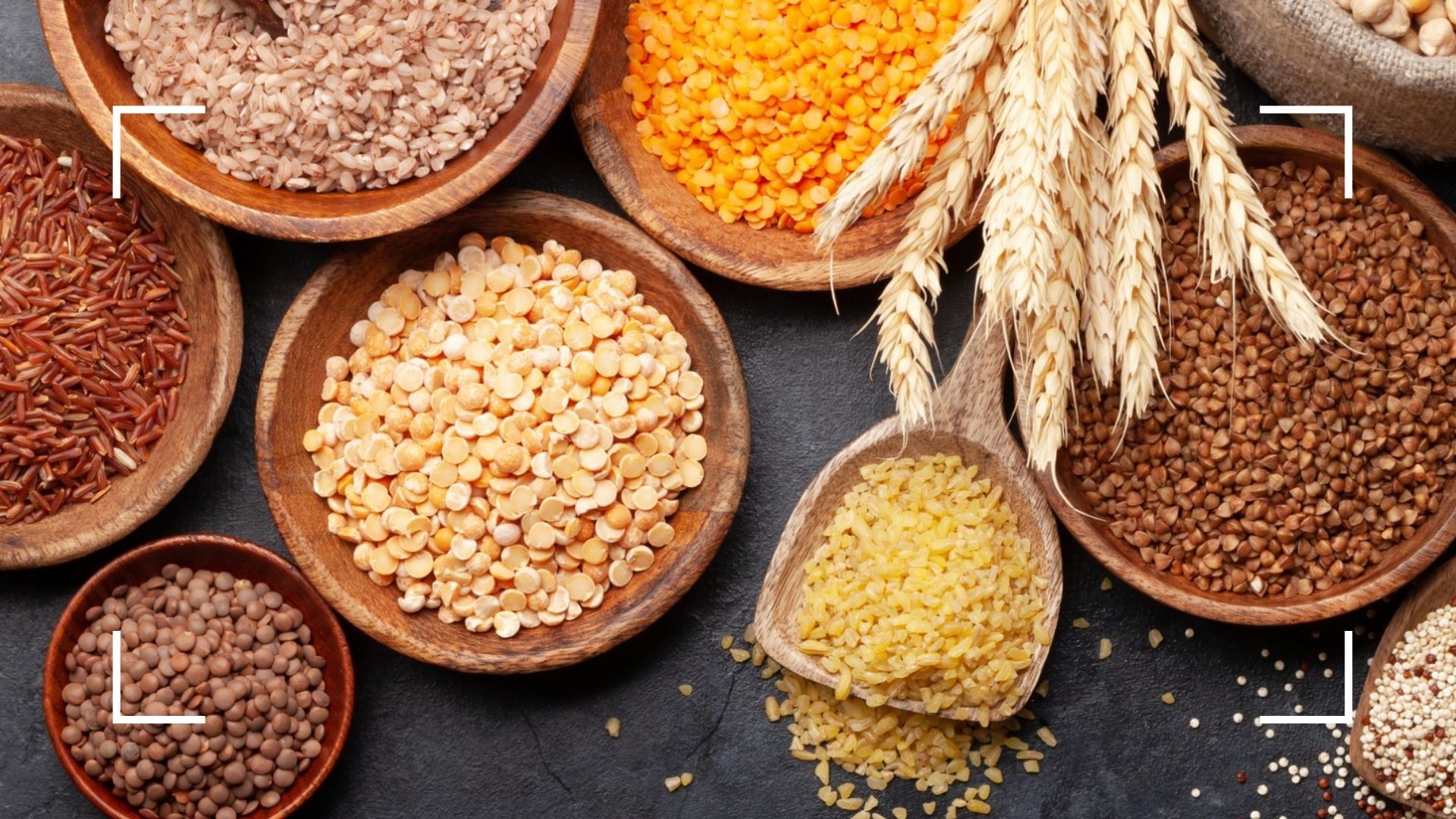

Ancient grains make a healthy alternative to usual grain varieties, such as rice, wheat, and corn. This is because ancient grains haven’t been genetically changed, which helps them to keep their nutritional value. They are also less exposed to pesticides and fertilizers than modern grains, making them better for both your health and the environment.
So whether you’re gluten-free or you simply want to get a little creative with your cooking, swapping modern grains for ancient grains is a great way to give your favorite bakes and dishes a healthy twist. And if you're planning on using these ancient grains in their flour form, it might help to have a food processor to hand to whizz up ingredients (our guide to the best food processors might come in useful here).
What makes ancient grains ancient?
“Products found on supermarket shelves and in health outlets that are marketed as ancient grains, are grains and pseudo-grains that have remained unaltered over the last several hundred years,” says Aliza Marogy, founder of Inessa and registered nutritional therapist.
“In contrast, modern-day grains—even whole grains—that we commonly consume, including rice, wheat, and corn, have been bred and transformed over more recent times to increase their resistance to pests and disease, and improve crop yield.”
What makes ancient grains healthier than normal grains?
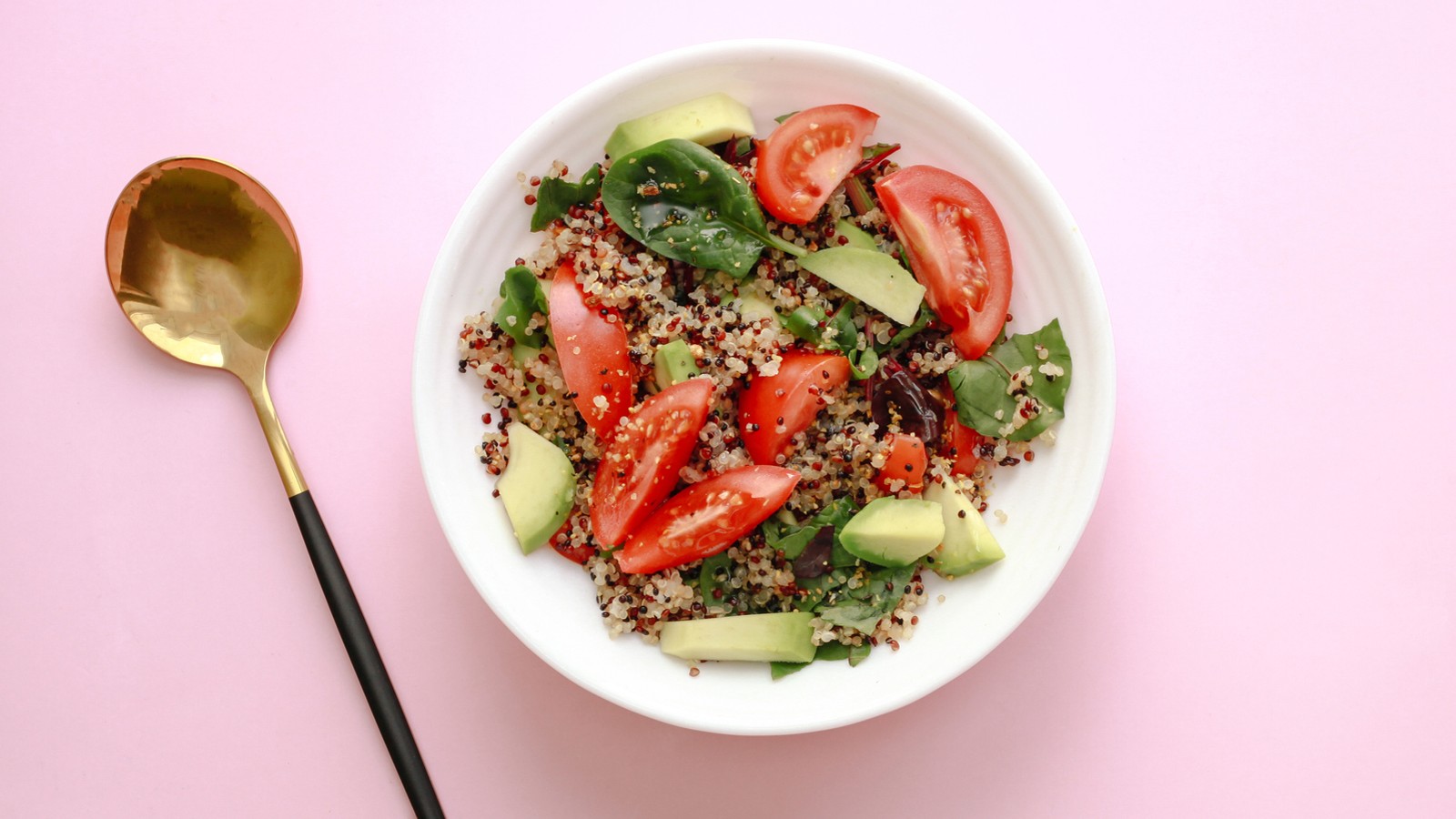
Ancient grains have plenty of health-boosting properties. Their addition to your diet can help combat nutrient deficiency concerns, thanks to their rich nutritional profiles. “Ancient grains can be a great addition to our diets, as, unlike white, refined grain products, they are packed with vitamins, minerals, and fiber,” says Marogy. “Some can be grown using more traditional farming methods, including the use of fewer pesticides and fertilizers.”
In fact, a report from the Iowa Women’s Health Study found that women who regularly ate wholegrain varieties had a 30% less chance of dying from heart disease and other cardiovascular diseases, compared to those who rarely or never ate wholegrain foods.
How many ancient grains should we be consuming daily?
There is no recommended daily allowance (RDA) specifically for ancient grains, however, it’s recommended that we eat a portion of whole grains (ancient or otherwise) with each meal. "Including a variety of grains is key when it comes to supporting vitamin and mineral intake. And, for good gut health, we should be aiming to mix up the grains we consume and include ancient grains where possible," says Marogy.
Sign up to our free daily email for the latest royal and entertainment news, interesting opinion, expert advice on styling and beauty trends, and no-nonsense guides to the health and wellness questions you want answered.
"This isn’t as complicated as it may sound—start the day with an oat and millet porridge, have some spelt or rye bread with your lunch, and tuck into quinoa salad with your evening meal."
Ancient grains can be included in your diet along with more commonly sourced brown rice, whole grain bread, and whole wheat pasta, for greater nutrient diversity in your diet.
7 healthy grain alternatives to try
Our experts explore the best ancient grains to try and their health benefits.
1. Quinoa
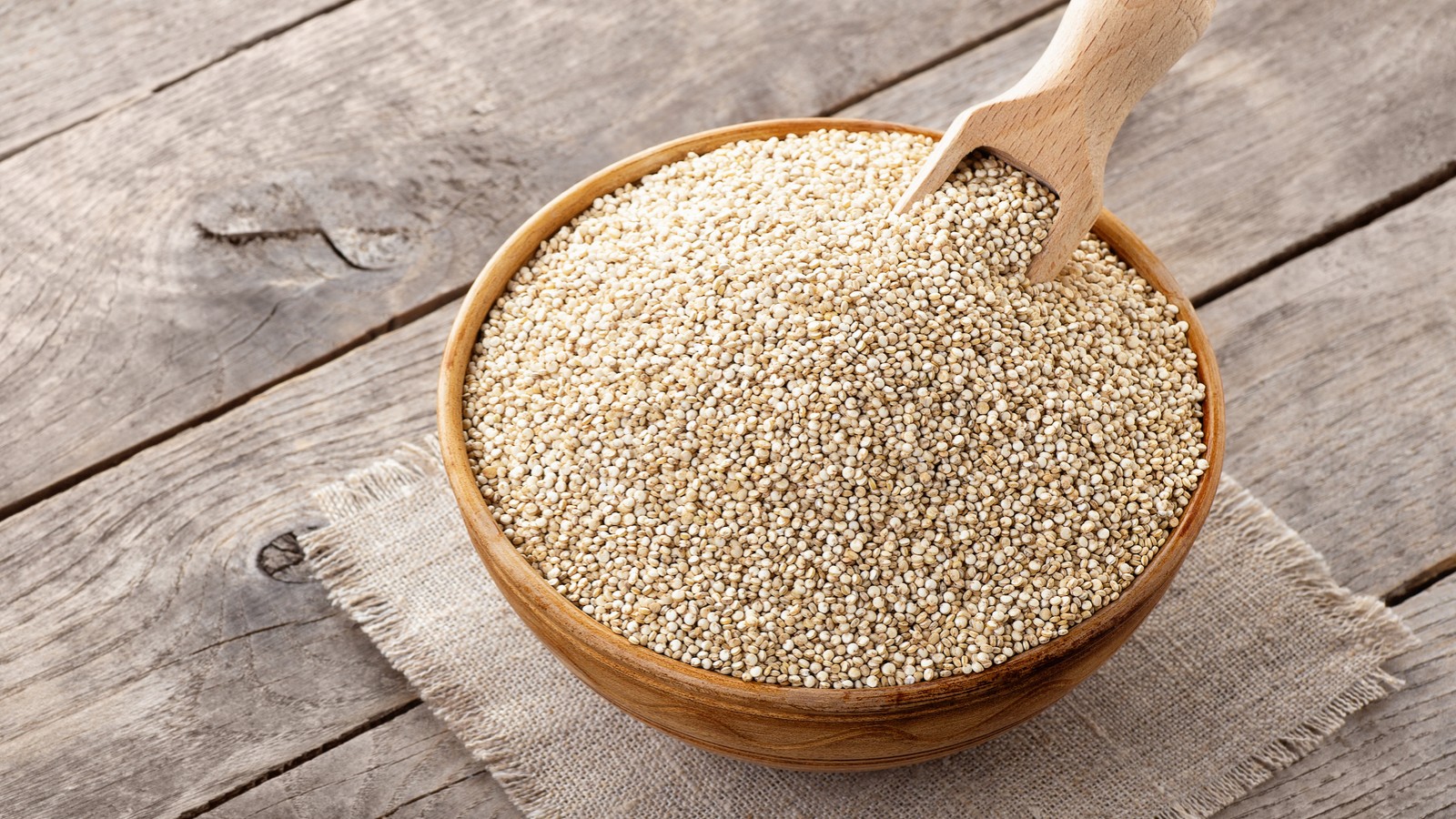
Simply simmer this nutty grain for around 20 minutes—it should still have some bite to it—quite like couscous. Before cooking, be sure to rinse in cold water for a few minutes first.
"This helps to get rid of the bitter coating on the seeds," says nutrition expert and founder of nutraceutical company Formulate Health, Mina Khan. If quinoa is a little bland for your tastebuds, add stock to the water.
Health benefits:
- Whole protein
- High in fiber
- Gluten-free
"Quinoa is classed as a whole protein which means it contains all nine essential amino acids," says Khan. These help with a variety of important processes in the body, such as increasing muscle growth, regulating digestion, and supporting the immune system.
2. Buckwheat
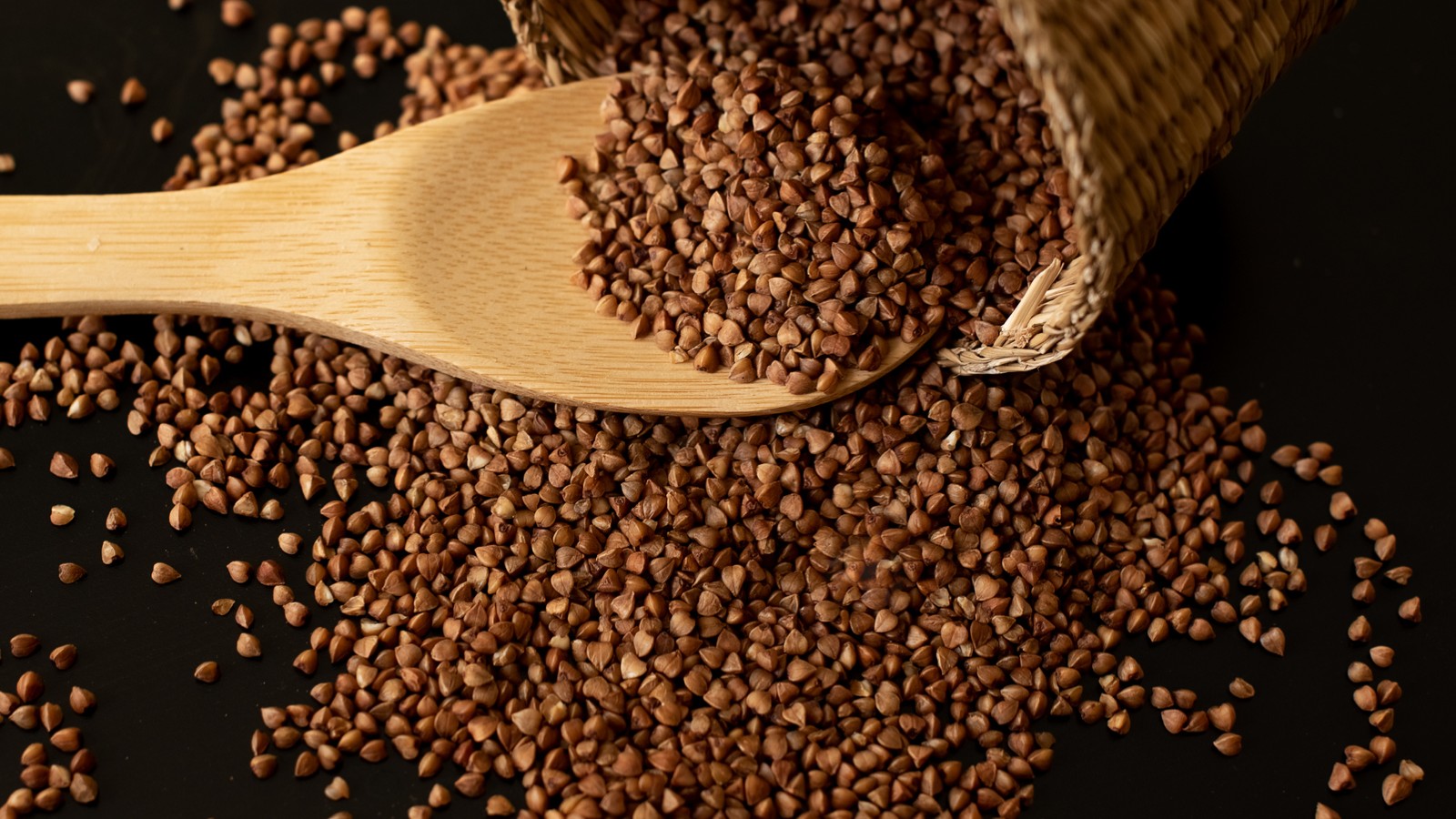
"Buckwheat has a similar taste to wheat but slightly stronger and nuttier," says Khan. "The seeds are called buckwheat groats and they can be a bit chewy, so soak overnight to soften them before cooking."
The best way to use buckwheat it is in flour form for pancakes, biscuits, and cakes.
Health benefits:
- Rich in magnesium, manganese, and copper (which can aid better sleep)
- Good source of vegan protein
- Gluten-free
If you're worried about nutrient deficiency, buckwheat is packed full of goodness.
"It has a very high mineral content including magnesium for your heart health and manganese and copper, which support your overall health and metabolism," says Khan. It's also high in protein which is essential for building muscle, bones, cartilage, and skin.
3. Farro
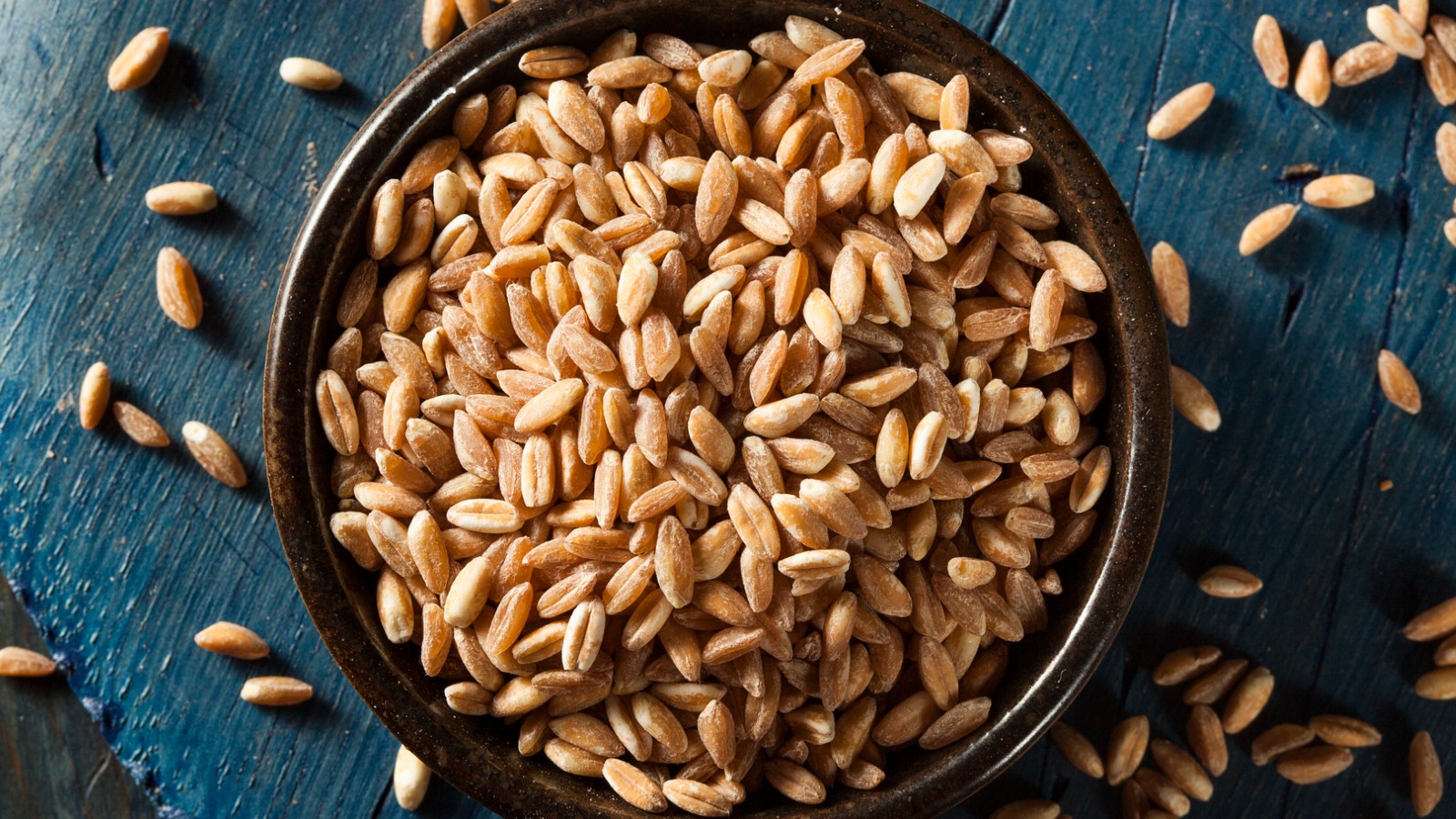
Add farro grain to soups and stews like you would barley, or use it as a rice alternative for your favorite dishes. "It's best to soak the farro overnight as it takes a while to cook," says Khan.
Health benefits:
- Whole protein
- High in fiber and zinc
"Like quinoa, farro is a whole protein. It is packed full of fiber which helps reduce bad LDL cholesterol levels, improving your heart health," says Khan. Farro is also rich in zinc which is essential for a healthy immune system and wound healing. Gluten-free? You might want to give this one a miss.
4. Amaranth
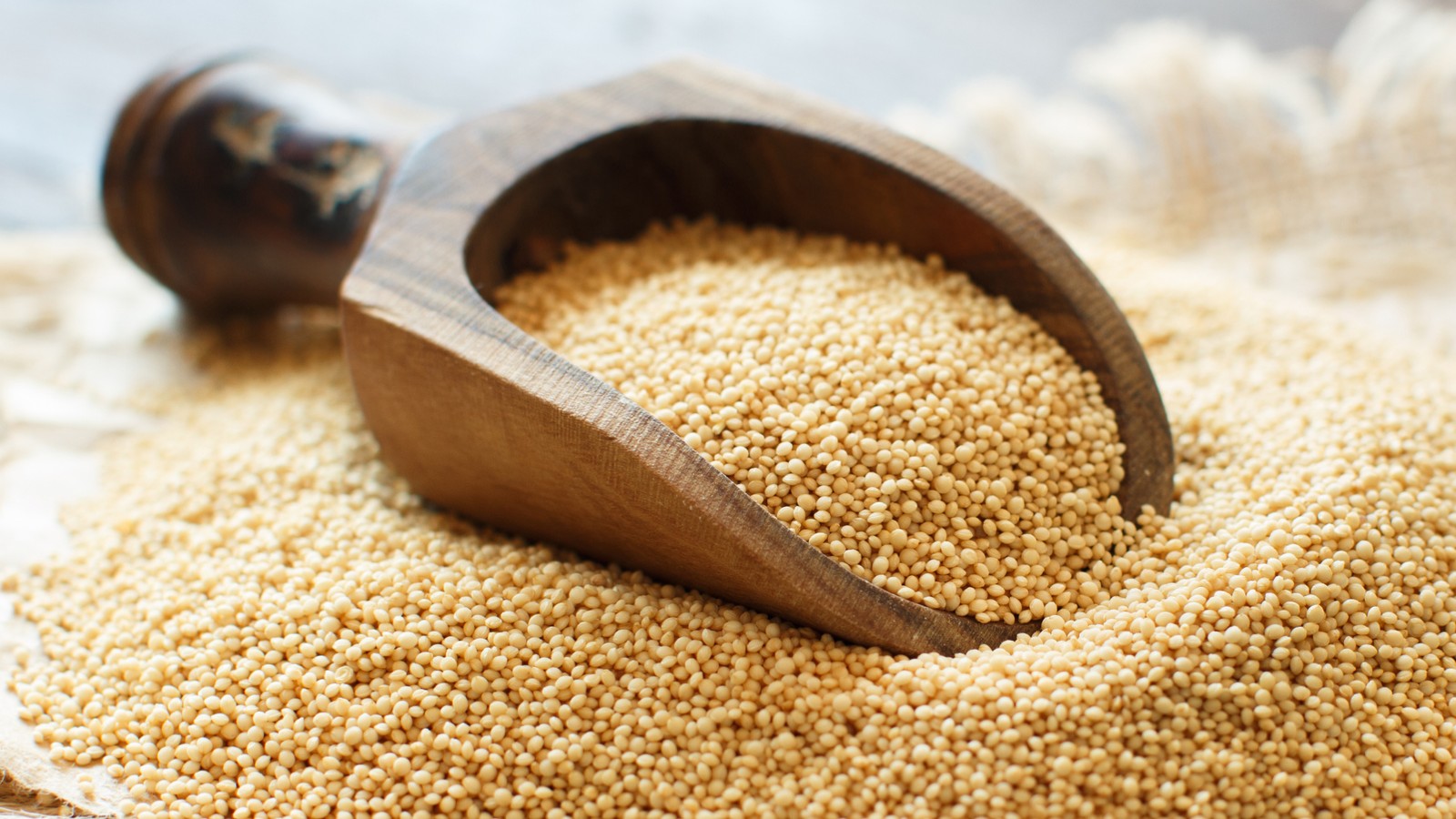
"Amaranth is commonly used in the Hindu culture when fasting," says Khan. "To eat, heat it in a pan like popcorn and the seeds will pop and puff up a little, then you boil them in milk."
It has a starchy texture, so the best way to enjoy it is in a porridge-like pudding with fruit.
Health benefits:
- High in iron
- Contains antioxidants
- Gluten-free
"It’s high in fiber, protein and iron," says Khan. Iron is needed for making red blood cells, which carry oxygen around the body.
Amaranth also contains antioxidants, which help to reduce oxidative stress in the body. This is when we have more free radicals in our bodies than antioxidants, which can cause free radicals to damage our cells, leading to illness and aging.
5. Millet
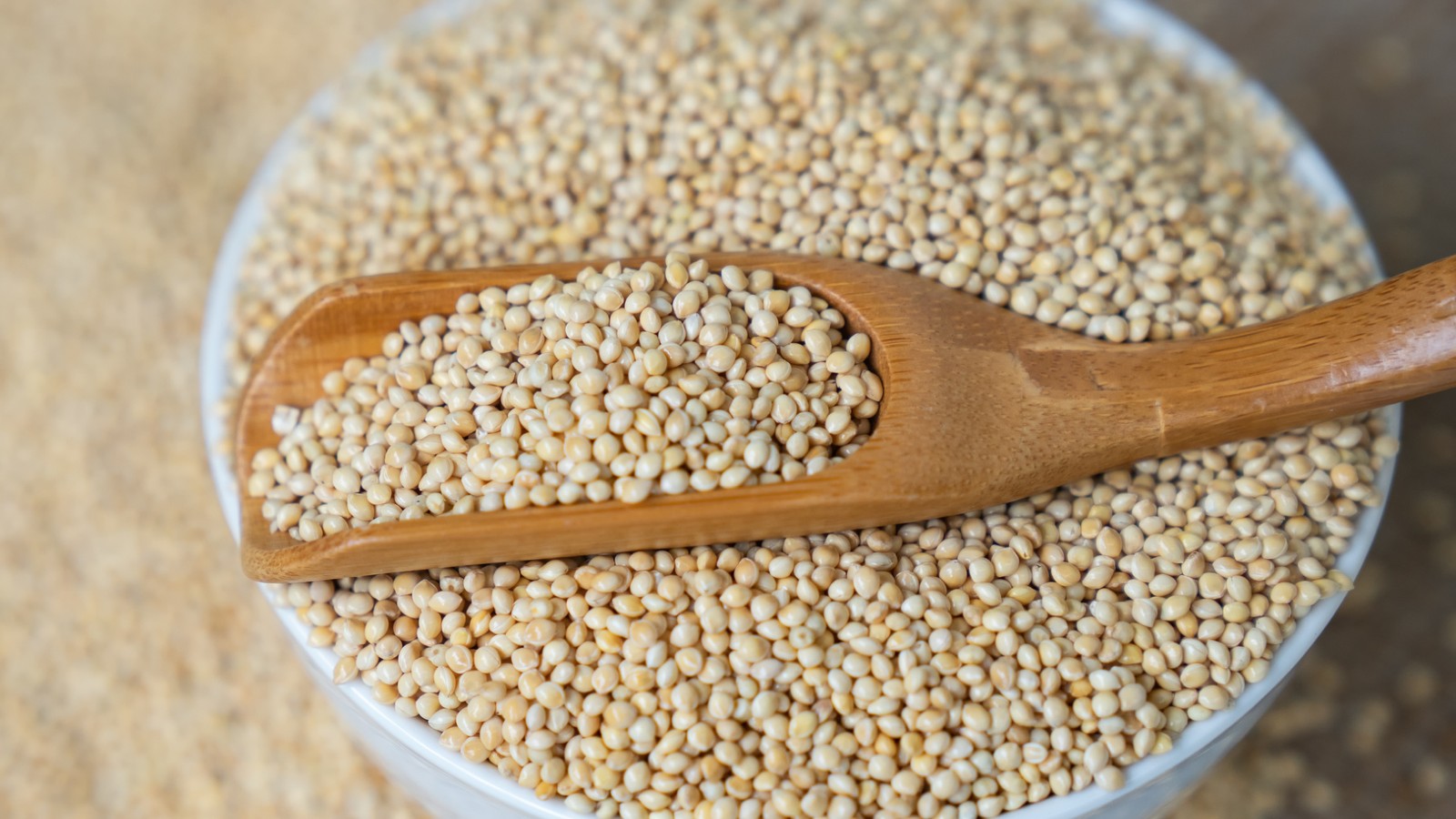
This versatile grain has a neutral taste and can be tossed into a salad and used as a base for curries and stews. Alternatively, use it in its flour form to make Indian flatbreads such as chapatis. Soaking the grains overnight will make them easier to digest.
Health benefits:
- High in fiber, protein, iron and antioxidants
- Gluten-free
"Like amaranth, it’s high in protein, iron, and antioxidants," says Khan. It also contains a soluble fiber that helps to reduce 'bad' LDL cholesterol levels.
Be warned, however, millet contains anti-nutrients, which can block or reduce the absorption of vitamins and minerals. To combat this, soak at room temperature overnight, then drain and rinse before cooking.
6. Khorasan wheat
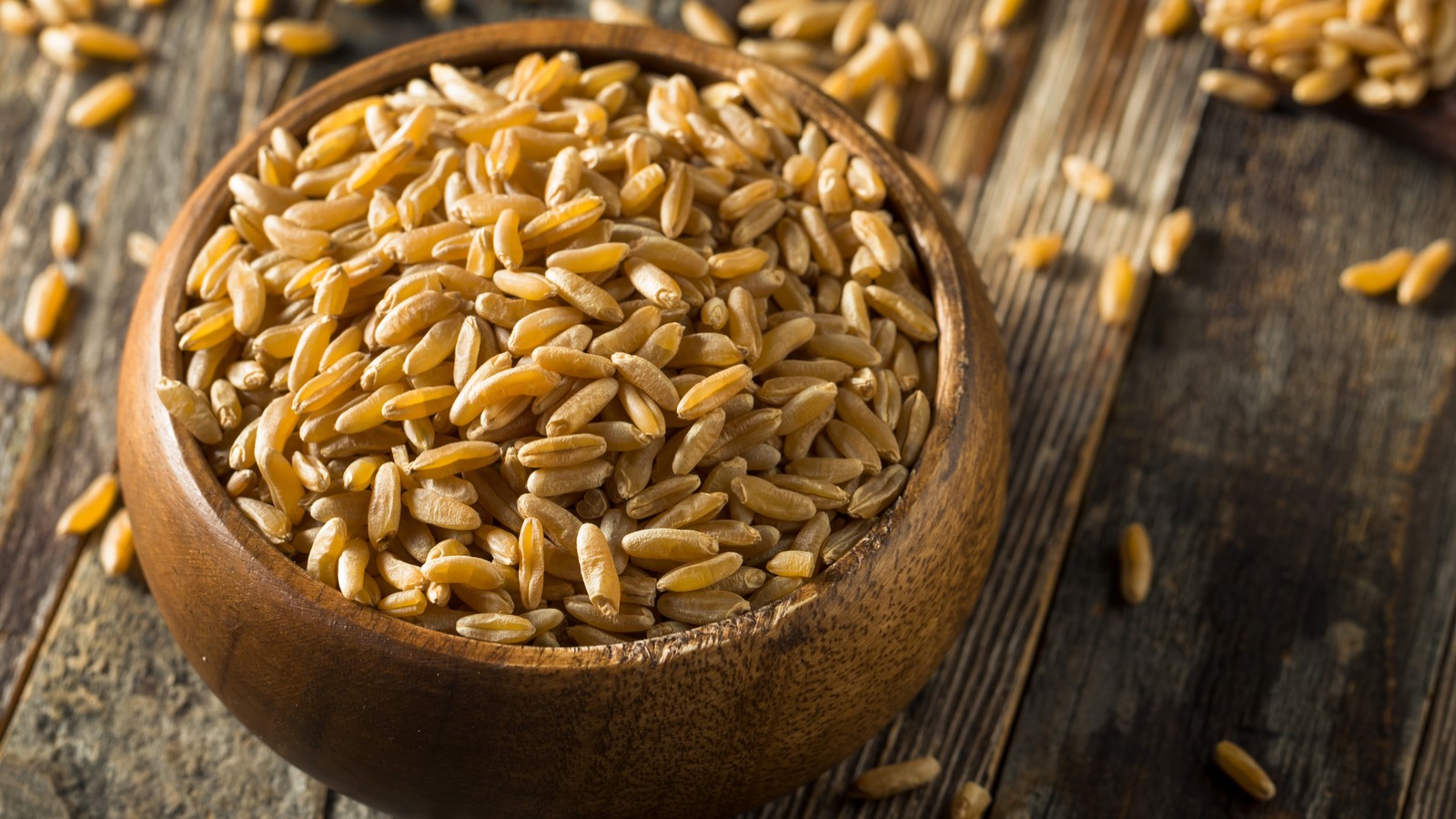
Known as Kamut, this ancient grain is a member of the wheat family and has a nutty taste like brown rice. It can be used as a whole grain for stews, porridge, and salads, or can be bought in flour form to make pasta or sourdough.
Health benefits:
- Rich in B vitamins, magnesium, zinc and selenium
- One cup contains 27% of women's recommended daily allowance of fiber
"Khorasan wheat is high in B vitamins, magnesium, zinc, and selenium," says Khan. Zinc and selenium support your immune system and reduce oxidative stress in the body. Its high fiber content means it will help lower your risk of obesity, stroke, and diabetes, as well as boost your gut health.
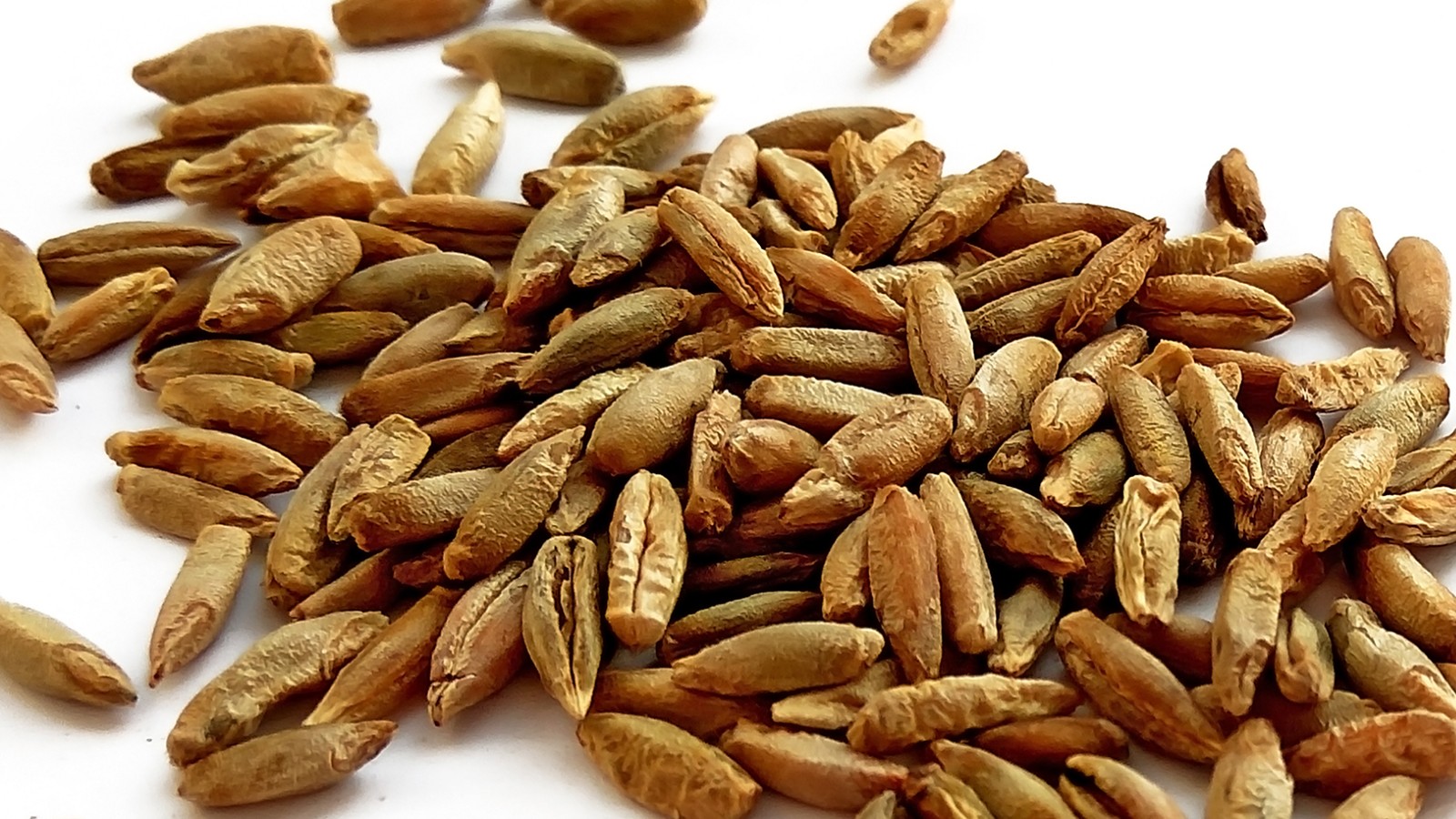
7. Rye
"Rye grain has an earthy flavor. It tastes quite nutty and slightly sweet," says Khan. It can be used for flour, bread, cakes, and crispbread.
Health benefits:
- High in iron, calcium and potassium
"Rye is a good source of iron, calcium, and potassium," says Khan. Iron is a mineral needed for the body to produce hemoglobin, a substance in red blood cells used to carry oxygen from our lungs to other parts of our body. A deficiency can cause fatigue, weaken the immune system, or even affect the heart or lungs.
w&h thanks registered nutritional therapist of Inessa, Aliza Marogy; and nutrition expert of Formulate Health Mina Khan; for their time and expertise.

Rose Goodman is a health writer across print titles and websites including woman&home.
Prior to pursuing her career as a writer, Rose obtained a degree in psychology and went on to work in adult mental health for five years, specifically working with people diagnosed with eating disorders, anxiety, depression and OCD. Mental health and wellbeing is something Rose feels incredibly passionate about and believes normalising the conversation around mental illness is something we should all actively strive to do.